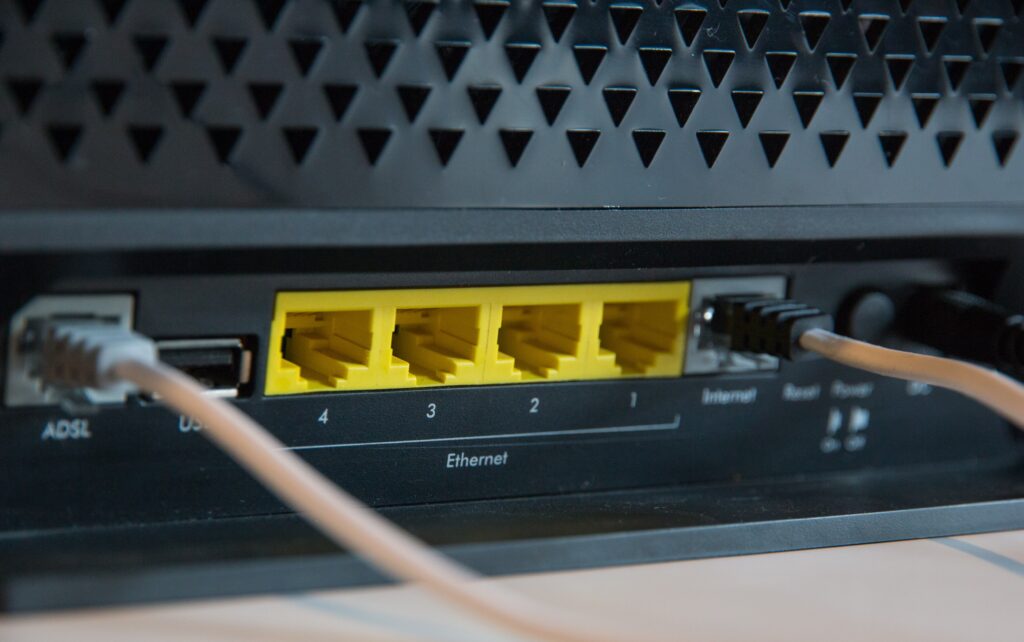Introduction
Welcome to our comprehensive guide on how to reset a router. Whether you’re facing connectivity issues, experiencing slow internet speeds, or simply looking to optimize your network, performing a router reset can often solve common problems. In this article, we will walk you through the step-by-step process of both hard and soft resets, providing you with the knowledge and confidence to troubleshoot router issues effectively.
Understanding Router Resets
What is a Router Reset?
A router reset involves restoring your router to its default factory settings. It can be performed in two ways: a hard reset and a soft reset. Each method serves a different purpose and can be used in various scenarios.
Hard Reset: The Complete Reboot
A hard reset, also known as a factory reset or master reset, is a powerful method that completely wipes out all customized settings and configurations on your router. This process brings the router back to its original state when it was first purchased. It is recommended to perform a hard reset when you encounter persistent network issues or need to set up your router from scratch.

Soft Reset: A Quick Restart
A soft reset, often referred to as a restart or reboot, is a less drastic method that helps resolve minor connectivity problems and refreshes the router’s system. Unlike a hard reset, a soft reset does not erase your personalized settings. This method is suitable for resolving temporary network glitches, slow performance, or intermittent connection drops.
Performing a Hard Reset
Step 1: Prepare for the Reset
To initiate a hard reset, follow these instructions:
- Locate the Reset button on your router. It is usually a small, recessed button located at the back or bottom of the device.
- Keep in mind that performing a hard reset will erase all your custom settings, including your Wi-Fi network name and password. Make sure to have this information available for reconfiguration.
Step 2: Execute the Hard Reset
- Using a paperclip or a small, pointed object, press and hold the Reset button for approximately 10 to 15 seconds.
- Release the Reset button when the router’s lights start flashing. This indicates that the reset process has begun.
Step 3: Reconfigure the Router
- After the router completes the hard reset, it will restart and return to its default factory settings.
- Connect your computer or mobile device to the router using an Ethernet cable or via Wi-Fi.
- Access the router’s administration interface by entering its default IP address in a web browser. Common addresses include 192.168.1.1 or 192.168.0.1.
- Follow the on-screen instructions to set up your router’s network name (SSID), password, and any additional configurations required.
Performing a Soft Reset
Step 1: Locate the Power Button
To perform a soft reset on your router, follow these steps:
- Locate the Power button on your router. It is typically found on the front or back panel.
- Ensure your router is powered on before proceeding.
Step 2: Restart the Router
- Press the Power button to turn off the router.
- Wait for approximately 10 to 15 seconds before turning the router back on.
- Once the router has fully rebooted, the soft reset process is complete.
Conclusion
Resetting your router can be a highly effective troubleshooting technique, resolving a wide range of network issues. In this guide, we have explained the difference between hard and soft resets and provided step-by-step instructions for performing both methods. Remember, a hard reset should be used sparingly and only when necessary, as it erases all custom settings. On the other hand, a soft reset is a quick and simple way to address temporary connectivity problems. By following the instructions outlined in this article, you now have the knowledge and confidence to reset your router with ease.
Remember, if you need assistance with any router-related issues or have further questions, our team of experts is always here to help.
